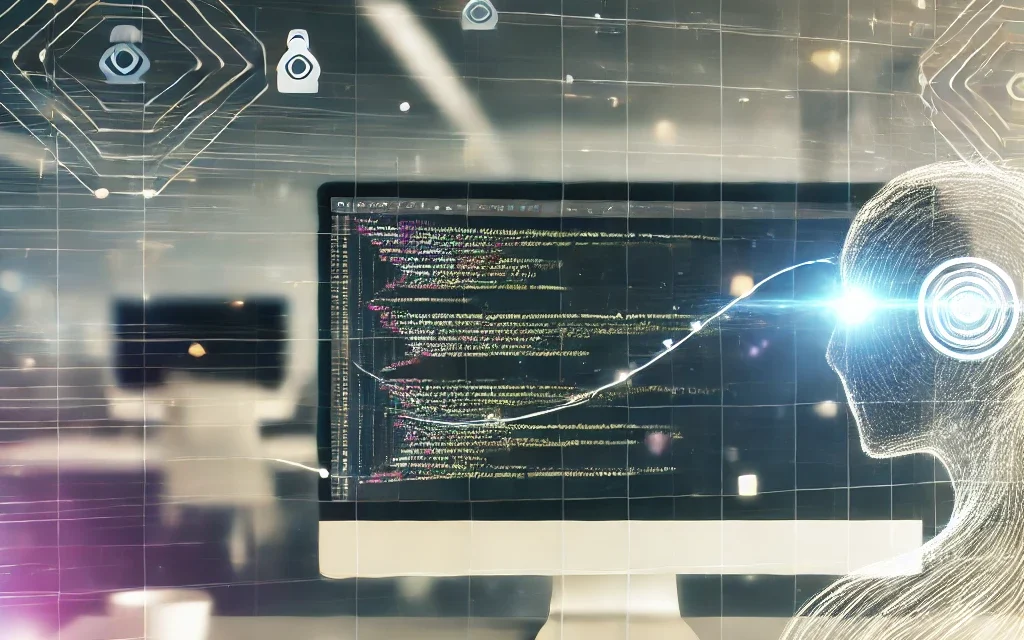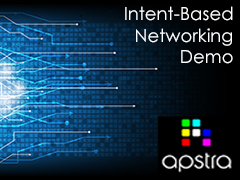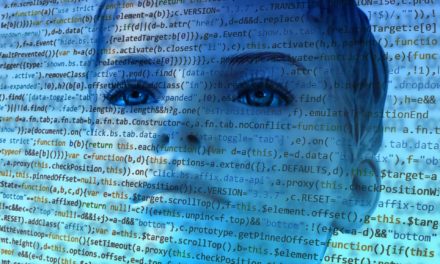AI Code Generation: Revolutionizing Software Development
Artificial Intelligence (AI) has made substantial advances in various fields, and one of its most exciting applications is AI-driven code generation. This innovation holds the potential to transform how developers write software, making coding more efficient, accessible, and versatile. In this article, we’ll explore how AI code generation works, its benefits and challenges, and its future potential in the world of software development.
What is AI Code Generation?
AI code generation involves the use of machine learning models, especially natural language processing (NLP), to automatically write code. These models, trained on vast amounts of programming languages and frameworks, can interpret a developer’s intent and produce code snippets, full functions, or even entire applications. Through complex algorithms, AI code generation tools can understand syntax, libraries, and code structures, generating code that closely mimics what a human programmer might write.
Popular AI-powered code generation tools like GitHub Copilot, OpenAI Codex, and Replit Ghostwriter are already making waves in the industry by offering capabilities to suggest code completions, write functions, fix bugs, and more.
How AI Code Generation Works
AI code generation relies heavily on deep learning models, which are trained on extensive datasets of code written by developers across various programming languages. Large Language Models (LLMs) like OpenAI’s GPT-3 and GPT-4 are the most common frameworks for these tools. Here’s a basic breakdown of the process:
- Data Collection and Training: Large datasets comprising millions of lines of code are collected, often sourced from public repositories like GitHub. The models are then trained to understand and generate code by learning syntax, structures, and patterns.
- Natural Language Processing (NLP): By integrating NLP, these models can interpret natural language prompts. This means developers can type plain English instructions (e.g., “create a function to sort an array”) and receive relevant code in response.
- Generative Models: Generative models like transformers process the input and predict the next line of code or complete a code block based on context. They identify relationships between keywords, functions, and arguments to generate coherent and functional code.
- Refinement Through User Interaction: As developers provide feedback and corrections, AI models learn from this feedback, improving future code generation accuracy and relevance.
Key Benefits of AI Code Generation
AI code generation offers multiple advantages for developers, businesses, and the broader tech industry:
- Increased Productivity: AI can automate repetitive coding tasks, allowing developers to focus on more complex problem-solving. With faster coding, teams can meet deadlines more efficiently.
- Lower Barrier to Entry: AI tools make coding more accessible to non-experts. For instance, business analysts with minimal coding experience can generate basic scripts or queries, democratizing access to software development.
- Error Reduction: AI can suggest optimized and error-free code, reducing the likelihood of bugs. It’s especially useful for catching syntax errors or suggesting efficient alternatives.
- Learning and Skill Improvement: Novice developers can learn from AI suggestions, gaining insights into best practices and optimizing code as they work alongside AI.
- Faster Prototyping: When building prototypes, AI can quickly provide the code necessary to test ideas without extensive manual coding.
Applications of AI Code Generation in Software Development
AI code generation is valuable across various stages of the software development lifecycle. Here are some practical applications:
- Code Completion and Suggestions: AI-powered code editors can predict the next line of code, offering autocomplete suggestions that reduce typing effort and improve coding speed.
- Automated Documentation: AI can assist in generating documentation alongside code, making it easier for teams to maintain clear and understandable codebases.
- Code Refactoring and Optimization: AI tools can analyze code and suggest improvements for performance, readability, or memory usage, leading to cleaner, more efficient code.
- Bug Detection and Resolution: AI can automatically detect bugs and propose fixes, saving developers time in debugging and quality assurance processes.
- Custom Script Generation: Non-programmers or business users can use AI to generate scripts for data analysis, automation, or reporting without deep coding knowledge.
Challenges and Limitations
While promising, AI code generation still faces some challenges and limitations:
- Understanding Context and Intent: AI tools sometimes misunderstand the developer’s intent, leading to irrelevant or incorrect code suggestions. Clear prompts are necessary for optimal results.
- Security Concerns: AI-generated code may contain vulnerabilities if the AI isn’t trained to prioritize security best practices. Developers must still validate the code, especially for critical applications.
- Bias in Training Data: AI models are trained on public code, which can include outdated or non-optimal practices. This can lead to suggestions that reflect biases or inefficiencies in the training data.
- Intellectual Property Issues: Since these tools are trained on public repositories, questions arise about ownership of the generated code. Some developers are concerned that their open-source code is being used without credit.
- Dependency on Human Oversight: AI is not yet advanced enough to replace developers; human oversight is essential to verify code functionality and maintain quality.
Future of AI Code Generation
The future of AI code generation is promising, with advancements expected to enhance its accuracy, reliability, and versatility. Here are some anticipated trends:
- Increased Collaboration Between AI and Developers: As AI tools become more advanced, they will likely serve as co-pilots in development, with developers guiding the AI through complex projects and verifying results.
- Focus on Domain-Specific Models: Specialized models trained on specific industries (e.g., finance, healthcare, or gaming) could provide more tailored code generation for niche applications.
- Better Contextual Understanding: Future models will improve at understanding the broader project context, enabling them to make more relevant code suggestions across various parts of a codebase.
- Integration with DevOps and CI/CD: AI code generation tools will likely integrate more seamlessly with DevOps workflows, allowing for automated code testing, deployment, and monitoring.
- Enhanced Ethical and Security Standards: As AI code generation gains traction, ethical guidelines and security standards will likely develop, addressing issues related to data privacy, intellectual property, and code integrity.
Conclusion
AI code generation is transforming the way we write software, from enhancing productivity and accessibility to revolutionizing error reduction and bug fixes. While it comes with challenges like security concerns and dependency on human oversight, the technology is set to become an essential tool in the developer’s toolkit. As AI continues to evolve, so too will its applications in software development, pushing the boundaries of what’s possible and creating a more efficient, accessible future for coding.
In the coming years, AI code generation may redefine the very nature of software development, making it a field where human creativity and AI precision work together to create innovative solutions faster and more effectively than ever before.









